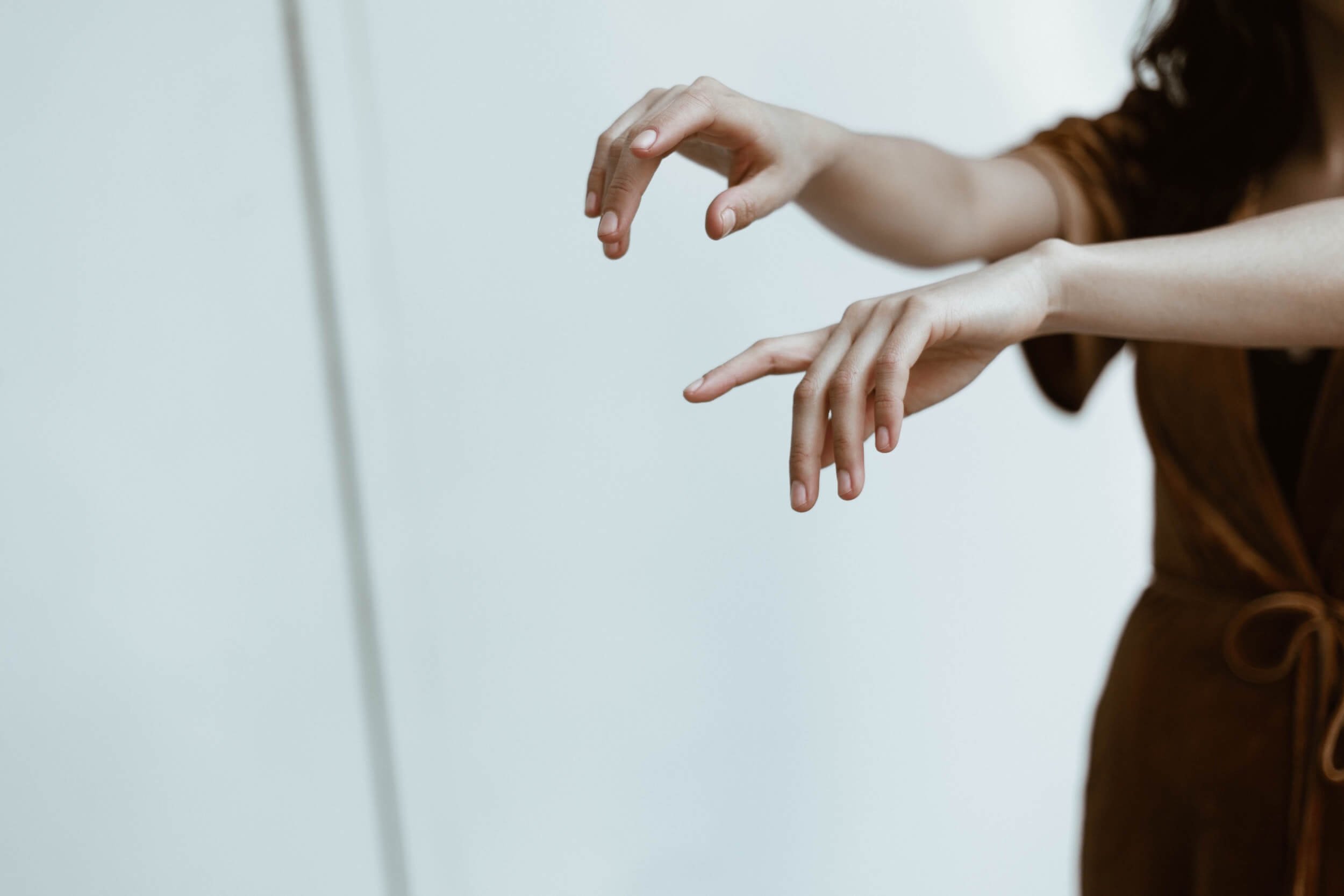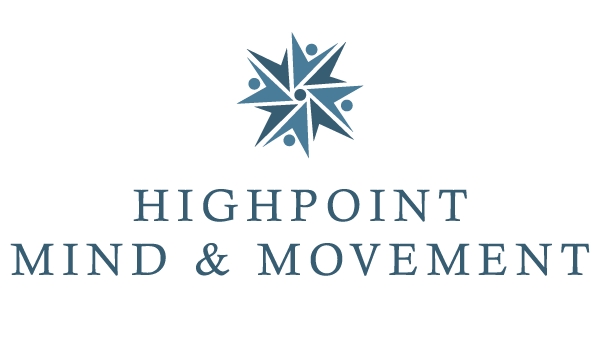
Sensory Motor Movement
The body, brain, and senses are intimately connected and it is movement that builds the neural connections between them.
The brain develops through movement, learns through movement, and can re-create itself through movement – for healing, easier learning, to regain lost skills, manage behavior, and to live with less mental and emotional stress. It is physical movement that gets the brain fluids flowing and stimulates the electrical impulses that activate our thinking process. Movement is necessary for the maturation of the infant brain, for continued learning and development, and for regaining skills lost due to trauma of any kind. Sensory motor movement – movement working in conjunction with the senses – activates and links together different areas of the brain to improve motor abilities, cognition, coordination, focus and attention, and integrate the primitive reflexes to reduce reactive behaviors.
The body, the brain, and the senses are intimately connected and it is movement that builds the neural connections in the brain that process higher learning and complex thought. Sensory motor movements encompass bilateral coordination (coordination of both side of the body), muscle strength and tone, gross and fine motor skills, vestibular balance and posture, and visual tracking. Evidence shows that the areas of the brain that process movement are also those that process thought and emotion.
The interaction between the senses and movement provides:
the foundation for a child’s growth, development, and learning;
the groundwork for an adult’s ability to function easily within the complex world of home, family, and work;
support for healthy aging; and
the possibility for recovery from physical or emotional trauma.
“Sensory” and “motor” go hand in hand – they cannot be separated. It is critical that these systems work smoothly together in order for us to learn, achieve, and maintain emotional and behavioral balance, and for us to handle the complexities of relationships, emotions, productivity and the continual challenges encountered in all areas of life.
However, the sensory and motor systems often do not work well together – they are in some way out of sync. This can be seen in children who struggle academically or behaviorally in school, in children and adults with ADD or ADHD, in adults who are stressed and overwhelmed at work or home, in seniors who are unhappy as they strive to manage the changes that accompany aging, and in the challenges experienced by those who have suffered trauma from stroke, brain injury, surgery, or illness. Anyone who has difficulty planning, organizing, or sequencing a new task, or who is prone to accidents, is clumsy, or is emotionally uneven may be experiencing poor sensory motor integration.
Highpoint Mind and Movement offers simple, stylized movements and sensory patterning that can reconnect neural pathways at any age to awaken and rewire the brain. These specific, intentional sensory motor movements and patterns are based on the emerging senses that begin with conception, and spontaneous actions and impromptu play that babies and children naturally engage in as they develop and grow. These focused activities involve the sensory system and all aspects of movement, balance, and the senses. Thus the challenges that children and adults experience, such as lack of focus and mental confusion, balance and stability, behavioral issues, poor comprehension and retention, disorganization, social anxieties, or emotional swings can be remedied.
“Movement is essential to learning. Movement integrates and anchors new information into our neural networks. Every time we move in an organized manner, full brain activation and integration occurs, and the door to learning opens. When we talk about what we’ve learned, the physical movements internalize and solidify it in nerve networks.”
With guided, targeted movements designed to stimulate brain connections and growth, improvement can be seen in those who experience mental, emotional, or behavioral challenges. It has been demonstrated that specific, deliberate sensory motor movements can:
improve thinking and reasoning
balance emotions
reduce reactive, impulsive behavior
increase physical comfort
reduce tension and anxiety
improve listening, learning, and communicating
enhance vision and perception
assist in language development
improve self-control
reduce hyperactivity
improve balance
The physical body is our greatest tool for learning and achievement. It is through the body moving and connecting with the senses that our brains are shaped and that we learn. All the senses have a relationship to movement, and comprehension is the result of how our senses inter-relate with movement.
